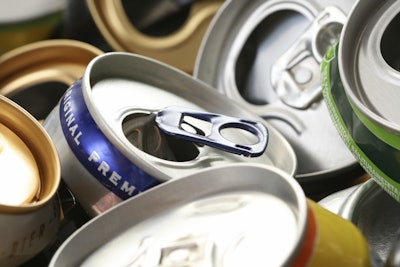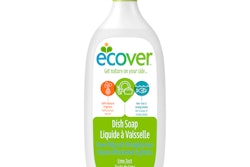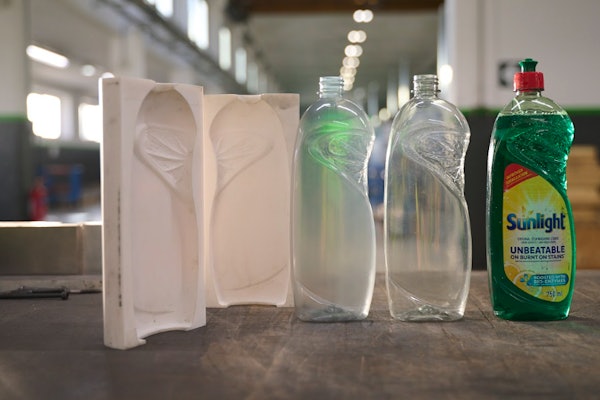
Aluminum cans just got even more sustainable, according to a report by environmental research firm PE International.
The report, which updates a prior Life Cycle Assessment (LCA) study released in 2010, shows that an aluminum can made in the U.S. and Canada today:
- Has improved its carbon footprint by 20% and requires 14% less energy to manufacture.
- Contains 70% recycled content on averagein every can produced in the U.S.—at least three times U.S. Environmental Protection Agency estimates of the recycled content in glass (23%) and plastic/PET (3%) bottles. (See data for glass and plastic via the EPA Individual Waste Reduction Model [WARM]: WARM Version 13 for Glass, and WARM Version 13 for Plastic.)
- Is 2% lighter (13.34g -> 13.04 g, with more recent data showing that the weight of the average can has declined further to 12.98 g), and remains the lightest beverage package option available.Less material means less fuel for transport and less waste, creating less environmental impact.
“This new data reinforces the tremendous sustainability advantages when consumers choose to enjoy their beverage of choice from an infinitely recyclable aluminum can,” says Heidi Brock, President & CEO of The Aluminum Association. “No other beverage package goes from the recycling bin back on the shelf in as few as 60 days—and now they are made using less energy and more recycled content.”
The report updates the full 2010 LCA study, “Life Cycle Impact Assessment of Aluminum Beverage Cans,” and is based on a survey of can sheet producers and can manufacturers representing nearly 100% of production in 2012 in the U.S. and Canada.
“Aluminum cans have always been the sustainable package of choice—and that’s truer today than ever before,” adds Brock. “This is one reason we are seeing so many craft brewers and other brands with environmentally conscious consumers choose cans. Cans are durable, lightweight, and recycled everywhere—the perfect package for those with an outdoor lifestyle that care about preserving the environment.”
The report models aluminum can production using two different LCA methods—the “Avoided Burden” or “Closed Loop” approach and the “Recycled Content” approach. Under both scenarios, the can has made significant progress improving its environmental performance. Increased energy efficiency across the industry as well as engineering enhancements to the can and more recycling all helped drive the improved performance.
The comprehensive LCA analyzes the entire canmaking process and incorporates the latest information on energy use, recycling rates, material consumption, and other aspects of production.
The 2010 study complies with all ISO standards and was peer-reviewed by experts from the Society of Environmental Toxicology & Chemistry and the Environmental Protection Agency. The report updates results released in 2010 that reported on data from a baseline production year of 2006.























